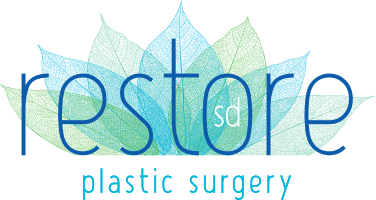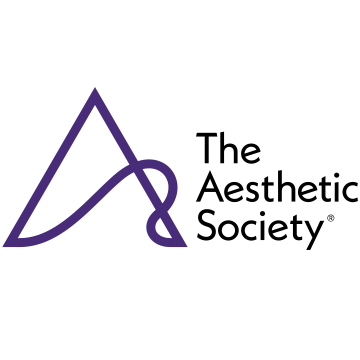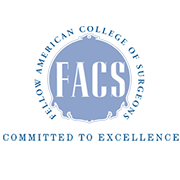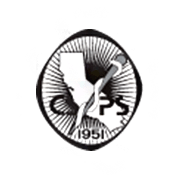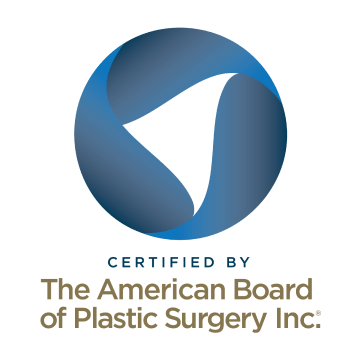Fat grafting is a procedure where the patient’s own fat is harvested and transferred to a different part of the bod. The benefit of this type of grafting is that there’s no danger of rejection. It’s used for everything from reconstructing a breast lost, to a mastectomy, to filling out lips that the patient believes are unattractively thin.
The fat is removed from the body through liposuction. During liposuction, the doctor uses a suction cannula to remove unwanted fat from areas such as the buttocks, the thighs, or the abdomen. The fat is then placed in a sterile flask, then placed in individual syringes that are put in a centrifuge. The centrifuge separates the fat cells from other cells and tissue that might have been pulled out during the liposuction. Then, the separated fat cells are put into smaller syringes, and they are then ready to be injected back into the patient.
Are you a good candidate for fat transfer?
A good candidate for fat transfer is a person in overall good mental and physical health who has realistic expectations when it comes to fat grafting. They should not smoke and should not have problems with their circulation. The area that the fat is harvested from should have enough fat to spare. It shouldn’t have been used for fat transfer in the past because of the possibility of old scar tissue. The patient can have one or more fat injections until they achieve the results they seek. Fat grafting into larger areas might take a few sessions.
A fat grafting procedure can take as little as an hour if the fat is transferred to a small area such as the lips or several hours if the process involves augmenting the buttocks. The size of the area also affects how long it takes to recover from the fat transfer. If the process is simple and quick, the patient can resume their usual activities right away. They will need a long weekend to recover from a longer and more complicated fat transfer.
To learn more about fat grafting, contact us at Restore SD Plastic Surgery, located in San Diego, CA.
Areas served:

